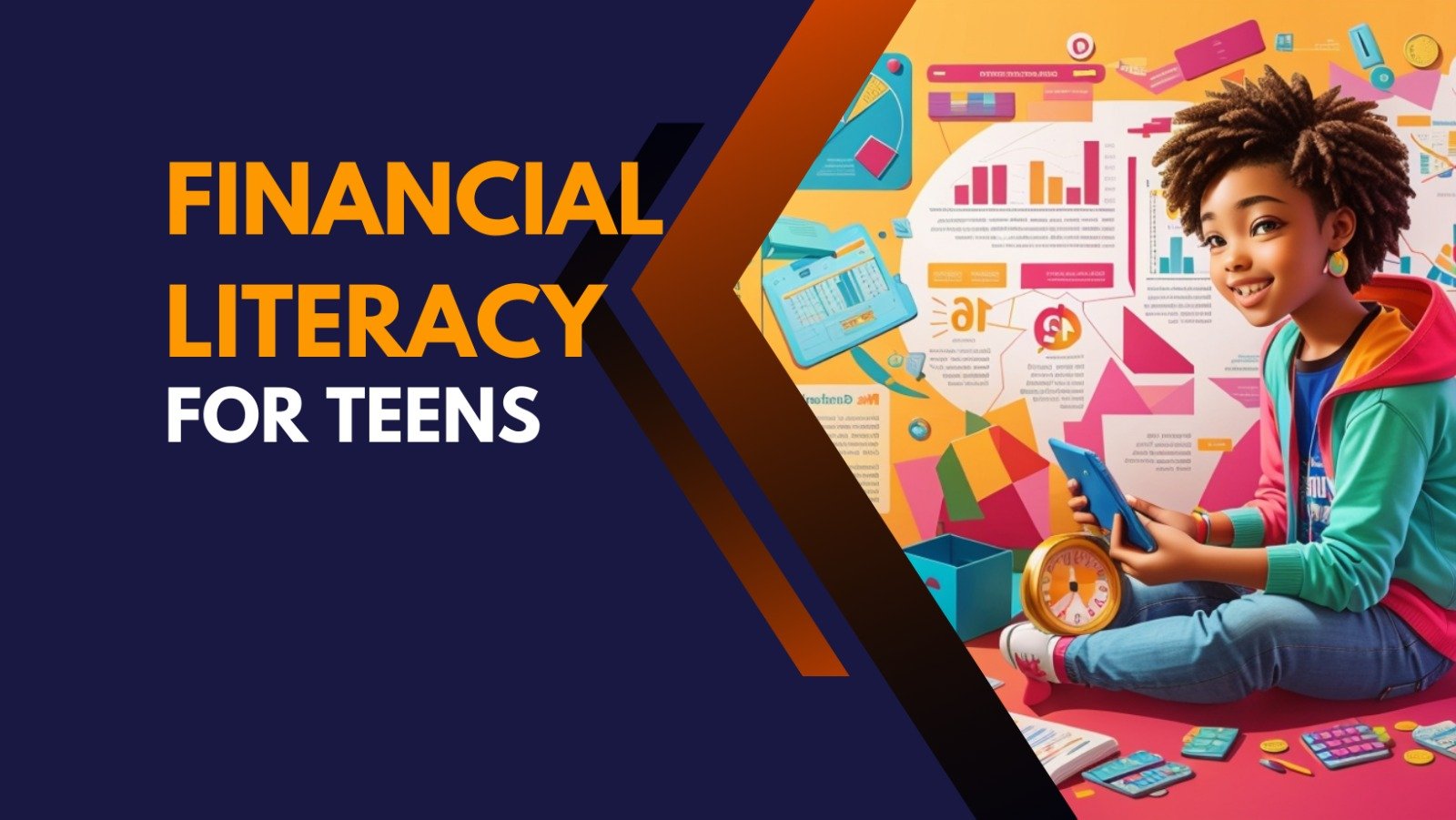Financial literacy for teens is not just an educational skill but a life skill that shapes their future. It enables them to make informed decisions, navigate college expenses, make sound investments, and build a secure financial future. Early acquisition of financial literacy provides a foundation for responsible behavior, promoting resilience, independence, and financial well-being beyond the classroom.
In short
A Guide to Financial Literacy for Teens
This guide aims to equip teenagers with the tools for financial success by guiding them through budgeting, saving, investing, and understanding credit. It provides interactive strategies, real-world examples, and practical skills to foster a deep understanding of financial concepts and a mindset of responsibility and resilience. The goal is to equip teens with the knowledge to make informed financial decisions and achieve lasting financial well-being.
How do You Teach Financial Literacy to High School Students?
Financial literacy in high school students can be enhanced through engaging approaches, including real-life scenarios, interactive activities, guest speakers, educational games, and technology integration, which make complex concepts more relatable and foster a more hands-on understanding of personal finance.

How Do You Teach Financial Literacy to Teens? #Step-by-Step Guide
Teaching financial literacy to teens requires a comprehensive, engaging approach that covers essential concepts and practical skills.
Step 1 : Know Your Audience
Teens exhibit a variety of learning styles, requiring a tailored approach that caters to their unique interests and experiences.
Step 2 : Define Key Concepts
Outline essential financial concepts such as budgeting, saving, investing, credit, and financial goal-setting in detail.
Step 3 : Use Real-Life Examples
Teens often face financial challenges, such as managing part-time job earnings or planning college expenses, which can be illustrated through relatable real-life scenarios.
Step 4 : Savings and Investing Fundamentals
Discuss regular savings and compound interest benefits for teens, including options like savings accounts and beginner-level investment platforms.
Step 5 : Budgeting Practice
Teens are encouraged to develop budgeting skills through hypothetical scenarios and their own financial situations, ensuring they are well-informed about their income and expenses.
Step 6 : Knowing How to Take Credit
Explain the fundamentals of credit, particularly the significance of a good credit score. Discuss appropriate credit card use and the ramifications of debt accumulation.
Step 7 : Utilize Technology
Interactive tools are essential in enhancing financial literacy education, making learning more engaging and enjoyable for tech-savvy teens through educational apps and online resources.
Step 8 : Establish Personal Financial Objectives
Assist teenagers in developing short- and long-term financial objectives. Discuss the significance of goal-setting in developing a financial success plan.
Step 9 : Encourage Questions and Discussions
Create a welcoming atmosphere for discussions and questions, and tackle common financial misconceptions and concerns that teens may have.
Step 10 : Encourage Financial Responsibility
Emphasize the significance of financial responsibility, ethical decision-making, and comprehending the implications of financial decisions.
Step 11 : Provide Resources for Additional Learning
Encourage teens to explore books, articles, and online courses independently, fostering ongoing learning beyond the classroom setting.
Educators, parents, and mentors can establish a comprehensive financial literacy framework for teens, preparing them for informed and responsible financial decisions in the future.
Importance of financial literacy for youth
Financial literacy is crucial for youth, as it promotes financial responsibility, goal-setting, and informed decision-making. It equips them with the skills to handle adulthood challenges, such as managing student loans and making sound investment decisions, making them better equipped to handle financial challenges.
Personal Finance for Teens
Personal finance for teens covers fundamental concepts like budgeting, saving, and credit, as well as part-time employment, bank accounts, and investing, aiming to provide practical knowledge for a lifetime of financial success.
Final thoughts
Encouraging financial literacy among teens is crucial for their future success. By using engaging teaching methods, recognizing their unique needs, and emphasizing personal finance, we can empower them to make wise financial decisions. This journey is not just about numbers; it’s about fostering responsibility, resilience, and financial well-being.
FAQs
What is personal finance for beginners?
Personal finance for beginners teaches fundamental financial management principles like budgeting, emergency fund importance, and understanding savings and investment options. It serves as a foundation for teens aspiring to financial independence.



